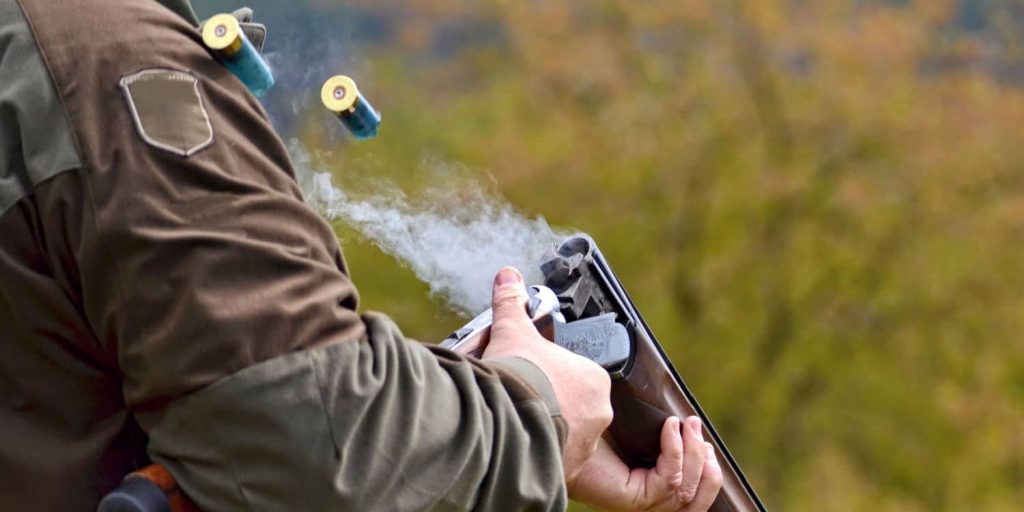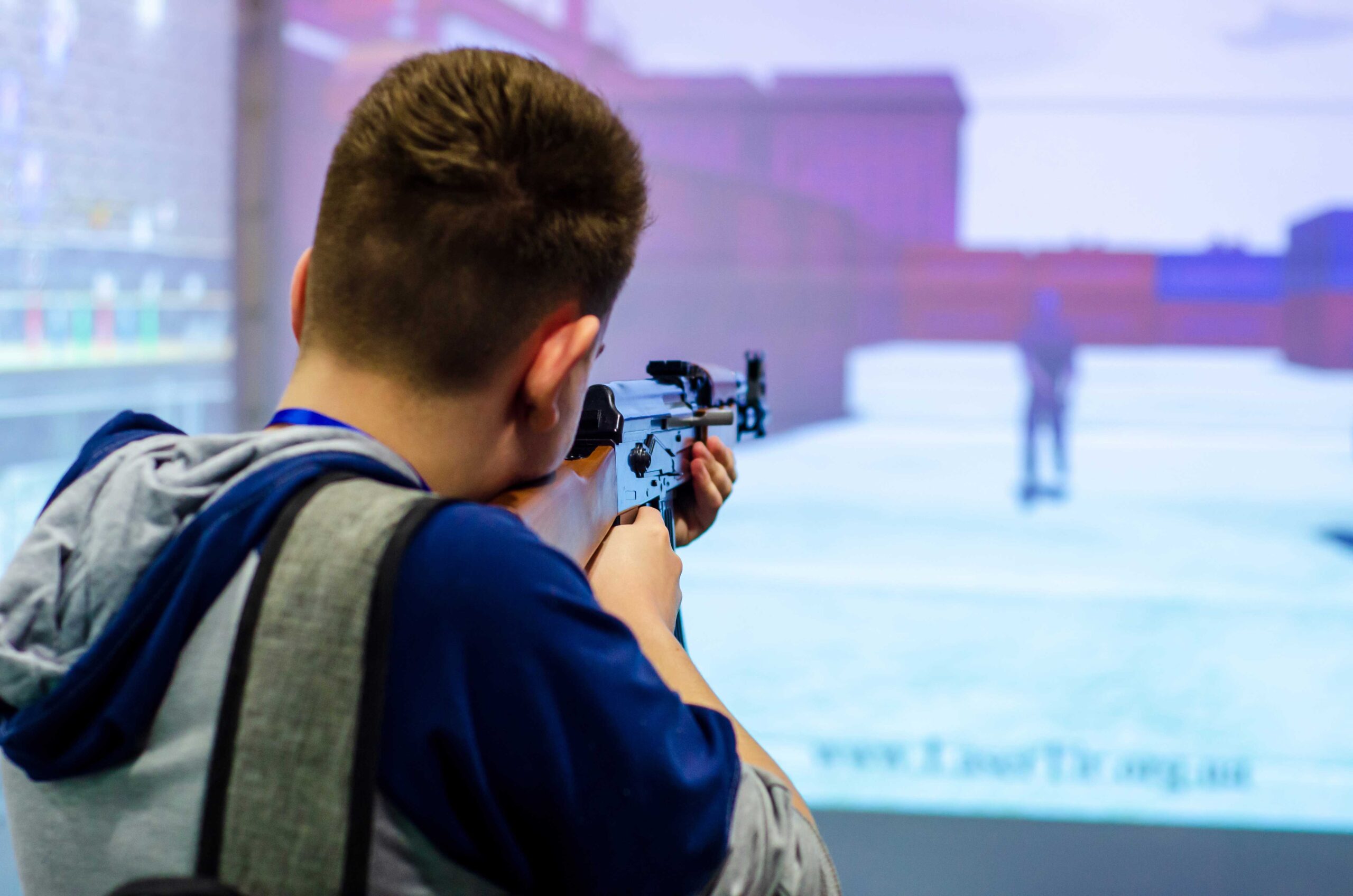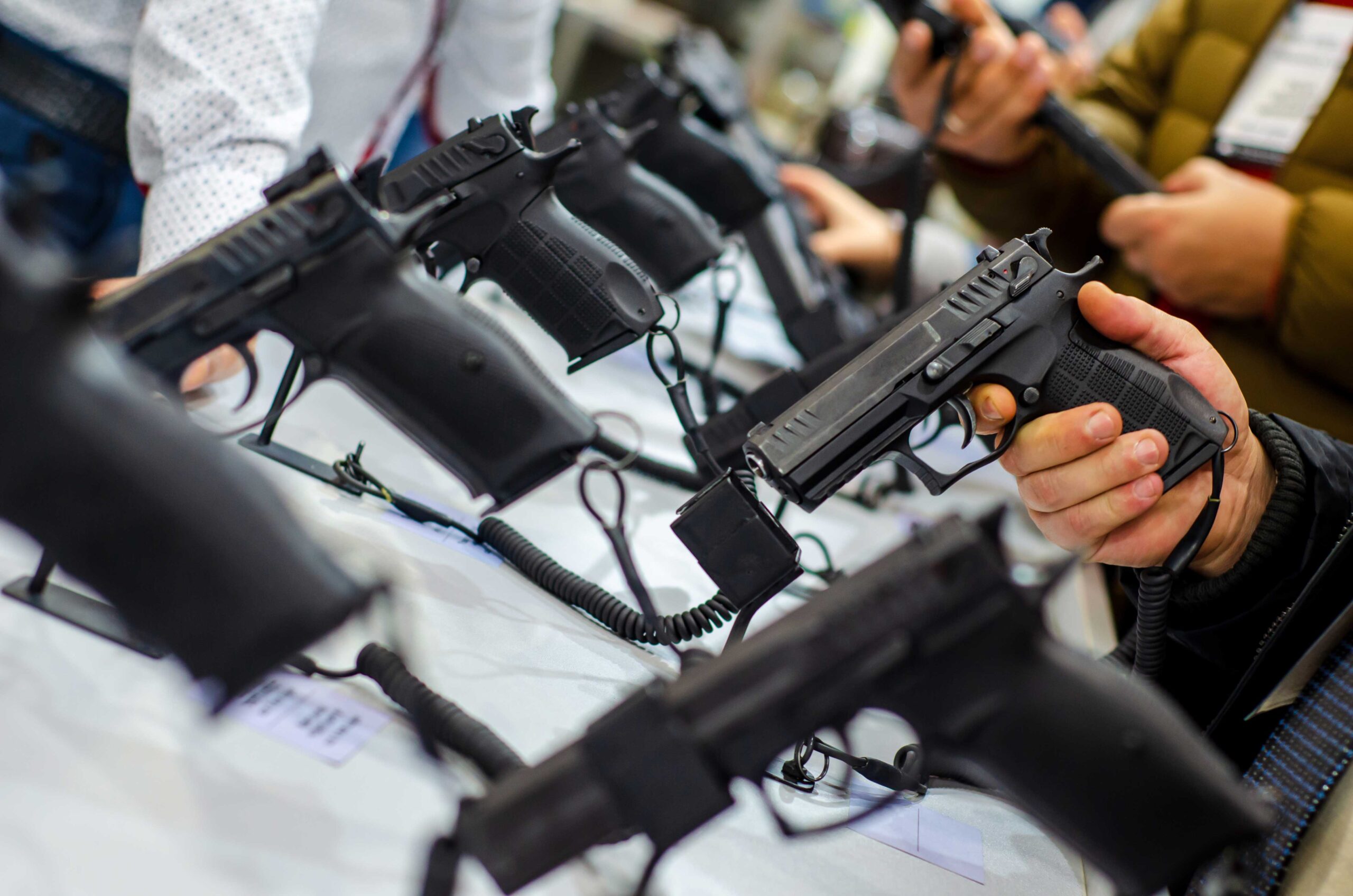When you’re first getting into the world of firearms, understanding all the different terminology can be confusing. In particular, shotgun shell terms can be difficult for new shooters to pick up. While definitions related to other types of ammunition or styles of firearms seem more straightforward, the terms used to describe shells may not be as clear at first. Luckily, they’re easier to understand than you may think, and this article can help you learn some of the most common shotgun shell definitions you should know.
Shell Size/Gauge
One of the more straightforward descriptions relating to shotgun shells is the “gauge”, which is the size of the shotgun bore and therefore the size of shells that work with that type of shotgun. While some rifle and pistol calibers have interchangeable counterparts, shotgun gauges cannot be switched out for one another.
The gauge is determined by the number of lead balls equal to the approximate diameter of the shotgun bore that it would take to weigh one pound. For example, for a 12-gauge shotgun, it would take 12 lead balls with the same diameter as the bore to equal one pound. This means that the higher the number, the smaller the bore/shells are.
Common gauges include 10-gauge, 12-gauge, 16-gauge, 20-gauge, and 28-gauge. One exception is the .410 round, which does not actually use the gauge system. The proper name for this size of shell is “.410 bore.”
Shot, Slug, and Shell
Up until now, we’ve been talking about shells. These are the units that you load into a shotgun. Within the shell, the part that actually fires out of the barrel is either a slug or shot. This is similar to how a cartridge is the full unit you load into a gun, but the bullet is the part that leaves the barrel – although many people still incorrectly use these terms interchangeably.
Shot is the term for multiple small pellets, and there are different sizes of the pellets that are indicated when you are purchasing ammunition. You choose the type of shot depending on what you are using it for. Like with gauges, a smaller number indicates a bigger pellet. There are also different types of shot, which we’ll discuss more a little later.
A slug is a solid projectile that you can fire from a shotgun. You would typically use this for hunting big game.
Types of Shot
There are three main types of shot to be aware of:
Target Load
This type of shot is, as the name implies, usually used for target shooting. Number 7 1/2, 8, and 9 sizers are most popular, and 7 1/2 is most commonly used for typical clay shooting.
Birdshot
Birdshot also has a straightforward name. It’s best used for hunting birds and other small game like snakes, rodents, and various critters. You may find this type of shot labeled by number (indicating, as we mentioned, the pellet size) or by the type of game it is best for. Most experts agree that this type of shot is not ideal for home defense.
Buckshot
This type of shot is more suited to large game and for home defense. It is labeled by number the same way that target load and birdshot will be. You can also find “ought” sizes, which are #0, #00, and #000 and are larger than other numbers, and typically more readily available. #00 buck is the most common.
Find Shotgun Shells and More At The Hub
At The Hub, you can find everything you need for shotguns and for other types of firearms as well. We’re your one-stop gun shop, and if you are ever unsure of what you need, our friendly associates are happy to help. Whether you’re a new gun owner or a seasoned shooter, you can count on us.












